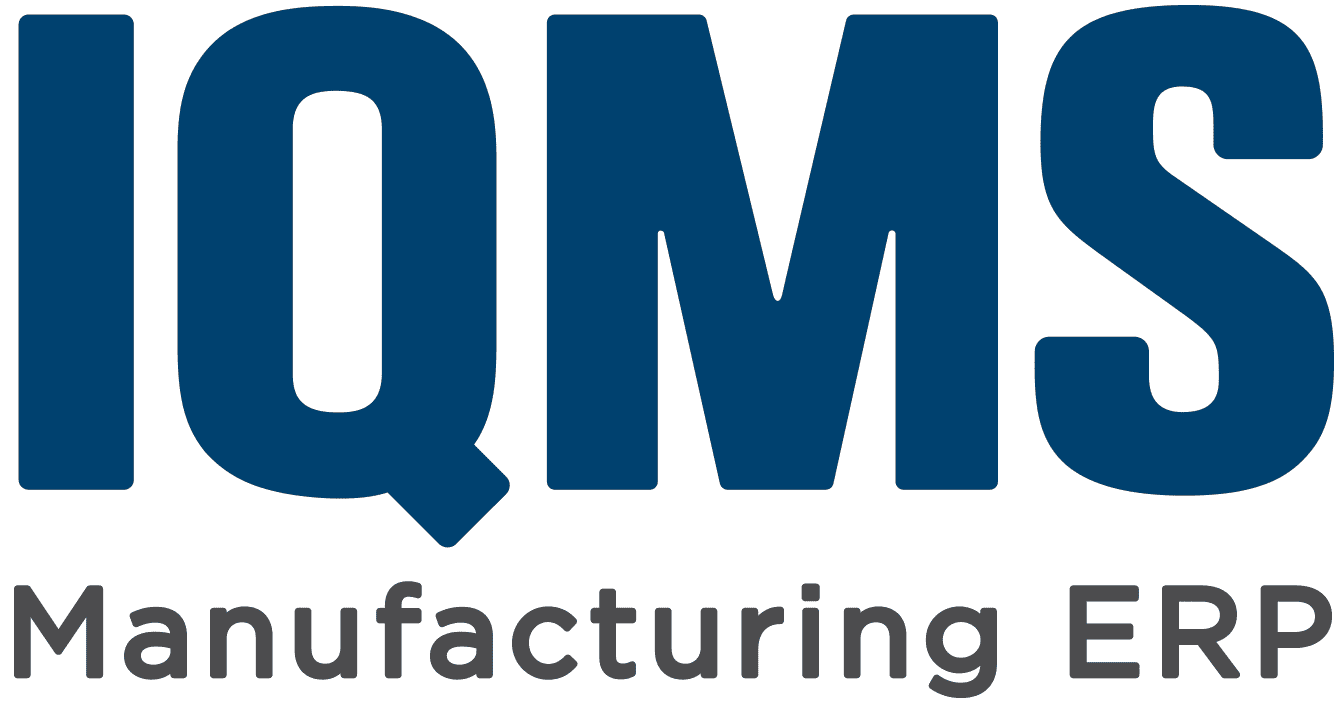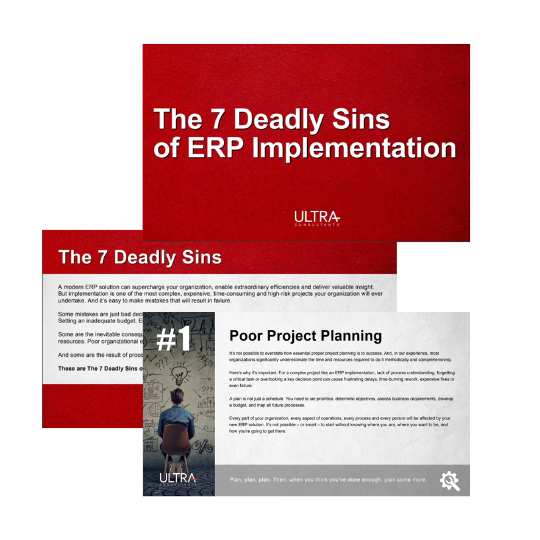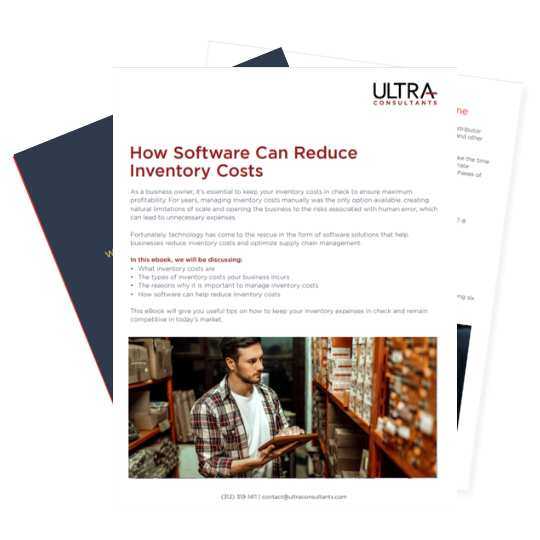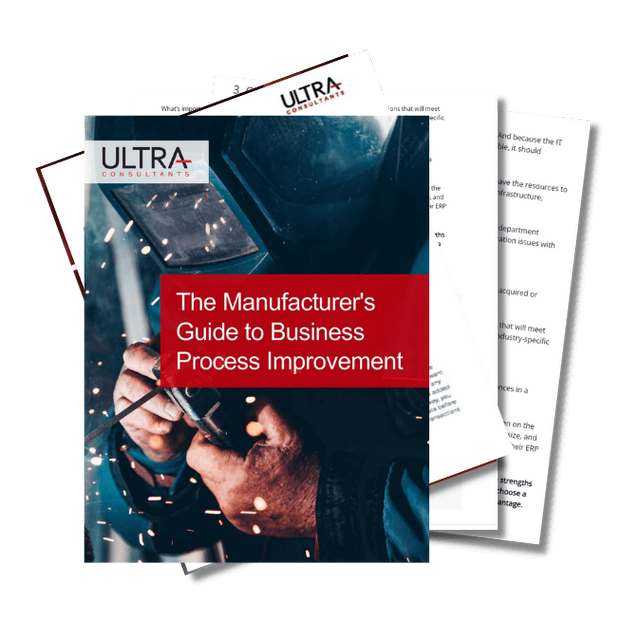Independent ERP Consultants
and Technology Advisors
Go beyond technology selection for digital transformation from the factory floor to the front office.

How Can We Help?
Ultra Consultants ERP consultants understand manufacturing and distribution industries. Put our decades of knowledge and experience to work for you, along with our proven methodology to maximize the potential of your business. As independent ERP consultants, we offer objective recommendations on ERP software selection as we evaluate your enterprise software needs. Explore our range of services from business process improvement and technology selection to implementation and change management.
Business Process Improvement
Optimize your core processes and prepare for future growth by evaluating where you are now and where you want to go.
ERP Software Selection Consulting
Our Expert ERP Consultants guide you to a software solution that meets your unique requirements. We can help you choose a solution for ERP, MES, WMS, CRM and more.
ERP Implementation Service
We reduce your risk, accelerate time-to-benefit, and deliver your project on time and on-budget, ensuring a successful implementation that meets your goals.
Business Value Realization
Make sure your technology delivers real ROI. We close the value circle and ensure you maximize the benefits of your technology solution.
400 clients, 500 projects, and millions in benefits.
Our valued customers represent virtually every segment of manufacturing
and distribution. And we’ve helped these organizations – big, medium, and
small – improve their business performance through the use of our full range of ERP consulting services: Business Process Improvement, ERP Software Selection, ERP Project Management, and ERP Implementation.
Customer Success
Pacific Plumbing Supply Company
Stoughton Trailers
Independent ERP consultants, working for you.
Our team of ERP consultants can guide you through the business transformation process, helping you discover, determine and implement the best solution for your unique needs.
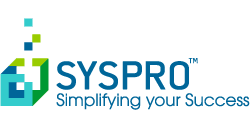






Industry Experience for Just-Right Solutions
You have many ERP software solutions to choose from. But you don’t need to go through a time-consuming evaluation process and run the risk of making the wrong choice. Ultra’s decades of experience with ERP consulting services in a wide range of industries puts you on the path toward success.
Industrial
Food & Bev
Metal Fab
Distribution

Unlock the Power of ERP:
Tools to Maximize Your ERP Experience
Unlock the Power of ERP:
Tools to Maximize
Your ERP Experience
ERP Selection & Implementation The Ultra Consultants Way
Driving improved business performance.
We get results.
Our primary goal is to help you optimize business processes within your organization. Through our unique, four-phase methodology, we guide your company through the business transformation lifecycle:
- Business Process Improvement (BPI) builds a foundation for your transformation.
- Enterprise Technology Selection determines the best-fit solution.
- ERP Implementation Management shortens time-to-benefit and reduces your risk.
Business Value Realization maximizes return-on-investment and ensures your organization continues to benefit from your solution.
Focused on manufacturing and distribution.
We know your business.
From our first day in 1994, we’ve served manufacturing and distribution companies exclusively; and our teams bring deep knowledge of your business, pain points and core processes to every project. The result is a specialized ERP solution that successfully addresses your specific goals.
We focus exclusively on ERP and ERP-connected software for many different verticals. This concentration means our expert ERP software selection consultants understand the unique needs of your business, and which solutions will deliver the most benefit and greatest performance improvement.
Independent, unbiased and trusted.
We put you first.
We guide you through the business transformation process, offer objective insight into today’s advanced enterprise ERP solutions and help you determine and select the right ERP software for your organization. Ultra’s independent ERP consultants provide independent, unbiased recommendations with your time-to-value and return-on-investment in mind. Our team is invested in your success.
Learn more about our ERP software selection consultants.
Our team is made up of full-time consultants (90% W2) with decades of hands-on expertise in specific verticals. We set up teams to leverage experience for our clients, with each engagement following our rigorous methodology customized to your needs.
ERP Resources
How to Assess and Improve ROI After an ERP Implementation
An enterprise resource planning (ERP) system takes significant organizational resources, and therefore being able to…
Eight Critical Success Factors in ERP Implementation
An Enterprise Resource Planning (ERP) system implementation is a massive undertaking for any organization, whether…
RFP Guidelines for ERP
ERP RFP Guidelines—Step-by-Step Guide to Crafting an Effective RFP for your ERP Project Enterprise Resource…
Questions about ERP Selection & Implementation?
When determining your organization’s ERP selection criteria, the following questions should be asked:
- Does the ERP have built-in capabilities based on our business’ specific requirements?
- Does the ERP accommodate detailed/advanced planning?
- Does the ERP handle industry- and vertical-specific logistics?
- Does the ERP handle the entire product life cycle through Product Lifecycle Management (PLM) capabilities?
- Does the ERP have tools that filter, evaluate and process data?
We recommend seven steps to ensure your ERP project is well-organized:
- Understand the ROI
- Set the ERP Project Priority
- Get Executive Commitment and Communicate to Stakeholders
- Establish the Project Sponsor, Manager, and Team
- Educate the Team on Best Practices and Current Tech
- Establish a Project Charter
- Consider Project Timing: Execute Thoroughly vs. Quickly
- Find the Right Consultant
The ERP selection process is important because it is the key to your organization’s digital transformation. It should involve business process improvement (BPI), so that you maximize the effectiveness of the software’s capabilities and accelerate ROI.
A Human Resource nodule within an ERP system provides a snapshot of current personnel and personnel needs by department as well as budget allocations. It also helps with job postings through a bank of job descriptions and then manages the complex decision metrics, capturing evaluation notes and data and presenting them to the HR team for easier decision-making.
More than simply evaluating enterprise software, the ERP selection process must first assess the current state of the business, mapping every process. Then, utilizing BPI principles, plan for an improved future state which takes into account best practices and the best technology. Lastly, ensure that every system is interconnected and visible to each other to enable best information-based decisions that improve profitability.
Choosing the right ERP system is like finding the perfect fit for your business. It’s crucial to ensure that the selected ERP solution aligns with your specific needs and goals. A thorough selection process can save you from costly mistakes and potential headaches down the road. The best ERP consultants, like the Ultra Consultants team, offer consultancy to guide your ERP selection to the best solution for your particular company.
The ERP Selection Process:
1. Evaluate Your Business Needs: Begin by assessing your current business processes and identifying areas that need improvement. Engage with stakeholders from different departments to gain a comprehensive understanding of the pain points and requirements.
2. Research ERP Options: Once you have a firm grasp of your needs, it’s time to research available ERP solutions. Explore different vendors, their product offerings, and customer reviews. Look for ERP systems that match your industry requirements and have a track record of success. Your ERP consultant works to bring ERP vendors to you, finding solutions for your unique system requirements.
3. Create a Shortlist: Narrow down your options by creating a shortlist of potential ERP systems based on their suitability, functionality, and cost. Include key decision-makers in this process to ensure a well-rounded perspective.
4. Conduct Demos and Assessments: Arrange demos and assessments with shortlisted ERP vendors. This step allows you to evaluate the system’s user-friendliness, customization capabilities, scalability, and integration possibilities with your existing software. Your Ultra consultant’s expertise can ensure the vendors adhere to your specifications so you’re clear about how they’ll address your needs.
5. Consider Implementation and Support: Assess the implementation process, including training, data migration, and any additional costs involved. Additionally, review the technical support services provided by the vendor, ensuring they align with your business requirements.
6. Calculate the Total Cost of Ownership: It’s essential to consider both the upfront and long-term costs associated with implementing an ERP system. Evaluate factors like licensing fees, maintenance costs, and potential upgrades. Ultra’s ERP consultants can guide you through this step to help you make an informed financial decision.
7. Make Your Decision: After careful consideration of all factors, select the ERP system that best matches your business needs, budget, and long-term vision.
There are many enterprise resource planning systems on the market today. A good ERP consultant can help guide you to the best choice for your company, aligning the available ERP solutions with your system requirements.
The first steps in selecting a vendor are:
- Make certain the vendor has relevant experience in your industry.
- Assess the Total Cost of Ownership (TCO)
- Speak With Their Customers
For more information on selecting an ERP vendor, watch this highlight video on ERP selection.
Also, every year, our full-time research team creates a few insightful and thorough guides on how to evaluate ERP vendors.








